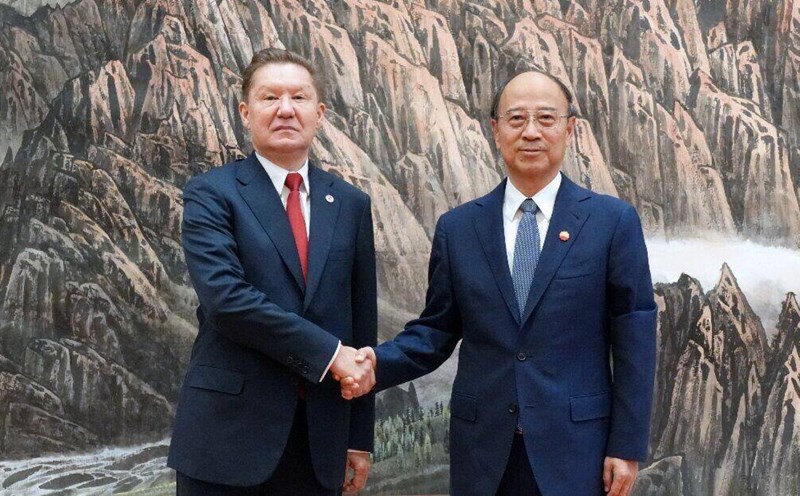China is the world's largest LNG importer, surpassing Japan to become the leading LNG buyer since 2021.
China's skyrocketing LNG imports have shaped Asia's energy flows, with the country accounting for more than 40% of the continent's total LNG import growth.
However, China's position in the LNG market is currently under threat and the import decline is expected to continue.
China's LNG imports are estimated to reach 5 million tons in June 2025, down sharply by 12% over the same period last year, marking the 8th consecutive month of decline.
In the first 4 months of this year, China's LNG imports reached 20 million tons, down sharply from 29 million tons in the same period last year. Imports for the whole year are expected to decrease by 6-11% to 76.65 million tons.
This trend seems to be going against previous forecasts that China's LNG demand will continue to increase by 2035.
This, along with continuous changes in the country's oil import momentum, signals major changes in global energy flows. In 2023, China will average 268 million m3/day in imports, of which Australia will provide 34% of total imports; Qatar 23%, Russia 11, and Malaysia 10%.
There are a number of factors driving this surprising trend. First of all, China increased its pipeline gas imports from Russia and Central Asia, as well as its domestic gas output increased by 6%, reducing LNG demand.
Russian gas imports via pipeline account for 41% of China's total natural gas imports in 2023, with Russia (through the Power of Siberia pipeline), Turkmenistan and Myanmar supplying the majority.

The Power of Siberia pipeline is expected to reach a maximum capacity of 38 billion cubic meters in 2025, and the new Power of Siberia 2 pipeline is expected to continue to increase exports to China by 50 billion cubic meters per year.
Russia is also looking into other potential pipelines to China, including a transit route through Kazakhstan. This could further expand export capacity and provide alternative routes to diversify supply.
Second, trade tensions between Washington and Beijing have forced China to stop importing LNG from the US from March 2025 after President Donald Trump imposed tariffs. China has shifted its purchases to Asian suppliers such as Qatar and Indonesia.
Third, weak industrial demand due to slow growth of China's industrial and chemical industries affects gas demand.
China's decline in LNG imports is creating a spillover effect in the global energy market. Weak demand is releasing LNG volumes, reducing supply pressure to other Asian countries, including Japan and India, as well as Europe. The declining demand in China is also reducing LNG spot prices in Asia.
Finally, the suspension of US LNG exports to China threatens long-term contracts worth 20 million tons per year with US suppliers. Chinese LNG importers are reselling US goods to Europe and are also looking for new deals with suppliers in the Asia-Pacific and Middle East regions, affecting US export growth.











